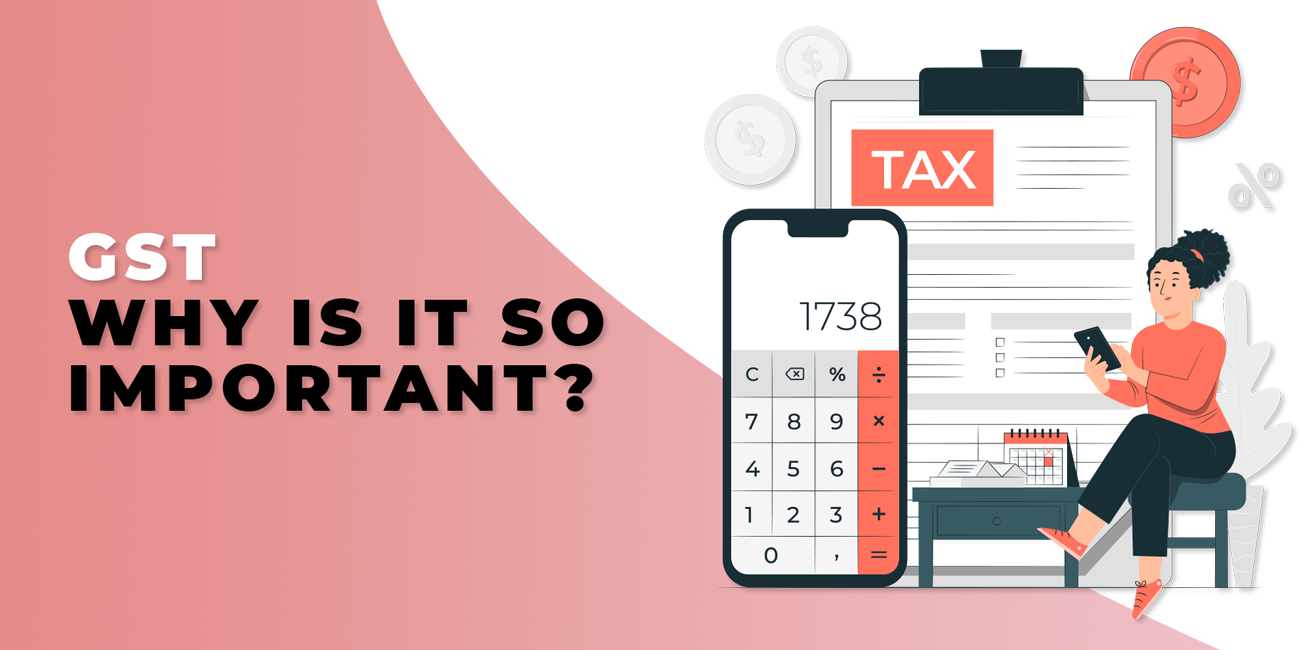
DSM Online Support
Support Master
Welcome to DSM Online
How can I help you today
How can we assist you? please let us know the support you need from DSM Online

GST, or Goods and Services Tax, is a value-added tax that is imposed at all touchpoints along with the production and distribution network, with credit given for any tax collected on inputs used in the production. Being a result, as the final person/entity in the distribution and supply network, the end customer faces the brunt of this tax. The adoption of GST in India is predicted to culminate in a significant streamlining of India's indirect tax structure at both the federal and state levels, eliminating the several slabs of intricate taxes that used to exist.
GST will make doing business in India easier
Firms in India must generally secure VAT registration from the state's Sales Tax department before beginning a new business. Because each state has its own protocols and charges for VAT registration, it can be difficult for enterprises running in numerous states to comply with VAT requirements.
With the execution of the model, GST registration in India will be centralized and uniform, comparable to service tax registration. Businesses would no longer need to seek different VAT registrations under the GST regime, as a single GST registration would be valid throughout India. The process for acquiring GST registration will therefore be standardized, making launching a new firm in India easier.
Integrate multiple taxes in GST
The central government implemented GST in July 2017 with the intention of combining all indirect taxes into one. GST was enacted to streamline the indirect taxes system for both the supply and consumption sides. India is a federal republic with multiple levels of government. Both the federal and state governments have the authority to collect and impose taxes in regard to the economy. It was also essentially impossible to have just one simplified tax division for the same purpose. As a result, the three aspects exist to account for the various levels of operations and tax.
Traditionally, commodities and services were taxed through the State Government's VAT scheme, while services were taxed within the Central Government's service tax framework. Because VAT is managed by state governments, each state has its own VAT rates, laws, and methods, which can cause confusion. In addition to VAT and Service Tax, firms must also comply with other tax requirements such as Central Sales Tax (CST), Additional Customs Duty, Purchase Tax, Luxury Tax, and so on.
Under the GST, businesses pay less tax
Firms pay far less tax under the GST framework than they did under the VAT regime. The GST system not only removes double taxation but also prevents the many state and federal taxes that corporations had to pay. Traditionally, businesses were required to pay up to 32% in taxes. They only pay between 18 and 22 percent under the GST regime. Additionally, firms are not required to pay taxes to many departments. As a result, the tax compliance system for small enterprises has gotten simpler.
GST will make doing business in India easier
Previously, businesses like restaurants or computer sales and services – which sell goods and provide services as a package of services must comply with value-added tax and service tax regulations. This creates complexity for the business and they have to calculate taxes for the transaction based on different rates for different items. With the introduction of GST, the distinction between Goods and Services will be gone – thereby making compliance easier. Further, invoicing will be easier for businesses as only one rate would be adopted.
The act of pioneering an organization has been much easier since GSTs were implemented. Those who want to form a new business merely need to apply for a GST number. Because the registration operation is centralized, obtaining a GST number takes a portion of the effort is required to obtain a VAT number.
The implementation of GST had a good impact on the Economy of India. The tax has broken down commerce constraints between states, bringing the economy along under a single cohesive system. This type of taxation benefits both manufacturers and traders. The implementation of the Goods and Services Tax has benefited end customers in a variety of ways.